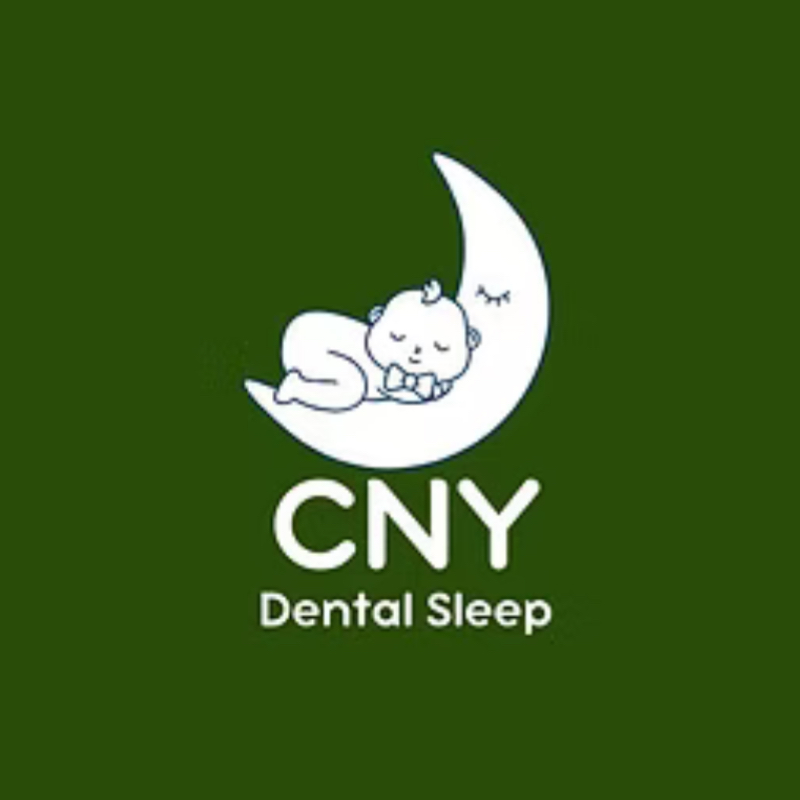🔥 Sleepless in Syracuse: How a Heat Wave Can Worsen Sleep Apnea—and What You Need to Know
- dmc3106

- Jun 20
- 3 min read

As Central New York braces for a punishing heat wave in the coming days, sleep may be the last thing on your mind—but it shouldn’t be. For the estimated 1 in 5 adults living with sleep apnea, this kind of weather doesn’t just disrupt rest—it can amplify health risks in dangerous and unexpected ways.
In Syracuse and across the Northeast, temperatures are forecasted to surge into the 90s, with high humidity and nighttime lows barely dropping below 75°F. These aren’t just uncomfortable conditions—they’re perfect fuel for sleep-disordered breathing to spiral out of control.
🌡️ Why Heat Waves Worsen Sleep Apnea
Sleep apnea, particularly obstructive sleep apnea (OSA), is already a challenge for those affected: repeated interruptions in breathing during sleep that can starve the brain of oxygen, elevate blood pressure, and exhaust the heart. Add extreme heat, and the body’s ability to regulate these functions becomes strained.
Here’s how:
Inflamed airways: Heat and humidity lead to tissue swelling in the nose, throat, and soft palate—narrowing an already vulnerable airway.
Disrupted sleep stages: The body struggles to reach deep sleep in high temperatures, increasing arousals and lowering oxygen saturation.
Mask discomfort: For CPAP users, increased perspiration and face heat can make compliance difficult, if not unbearable.
Dehydration: Common in hot weather, dehydration thickens mucosal secretions, increasing airway resistance and snoring.
🧠 The Science Behind Sleep Disruption in Heat
A 2017 Harvard study analyzing over 765,000 Americans found that hotter nights strongly correlate with decreased sleep quality, especially among lower-income and older populations. For sleep apnea patients, this is more than lost sleep—it’s a potential health hazard.
Sleep fragmentation caused by apnea can already lead to elevated cortisol, insulin resistance, and cardiovascular strain. When the body cannot cool down properly at night, these metabolic processes become even more volatile.
⚠️ Who’s Most at Risk?
Adults over 60, especially those with cardiovascular comorbidities
People with moderate to severe untreated sleep apnea
Those unable to cool their bedrooms below 75°F
CPAP-intolerant individuals
In other words: people in Central New York living without central air, in multi-floor homes, or who already suffer from disrupted sleep are walking a fine line this week.
🧊 What You Can Do Right Now
Cool the sleep environment
Use blackout curtains during the day and run fans across blocks of ice at night if AC isn’t available. The body’s core temp must drop by ~1°F to trigger sleep.
Hydrate aggressively—but smartly
Electrolyte balance matters. Don’t overdo plain water alone. Add trace minerals or low-sugar electrolyte drinks to support airway hydration.
Sleep lower
Heat rises. If your bedroom’s upstairs, sleep downstairs or on a lower floor temporarily.
Elevate your head
Even without a medical device, sleeping on an incline of 20–30 degrees can reduce airway collapse.
Monitor symptoms closely
Increased daytime sleepiness, morning headaches, and mood changes during a heat wave may point to worsening apnea.
🌍 Climate, Sleep, and Public Health
Extreme heat events are becoming more frequent, and their effects on sleep are an emerging area of concern. Sleep apnea—already underdiagnosed—may become more dangerous as climate patterns shift. For individuals, that means recognizing sleep is not just a luxury during a heat wave—it’s a frontline defense against cardiovascular strain and systemic inflammation.
Cities like Syracuse must begin considering thermal sleep health as part of public health planning, especially for vulnerable populations. As energy grids strain and AC becomes a privilege, the ability to breathe—safely and continuously—during sleep must be part of the broader climate resilience conversation.
.jpg)



Comments